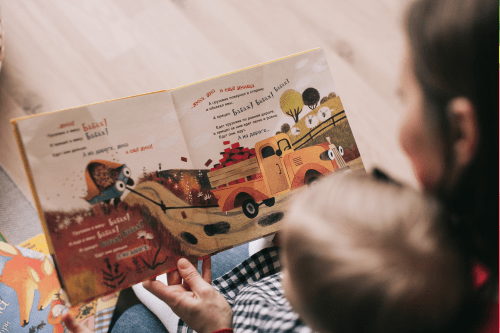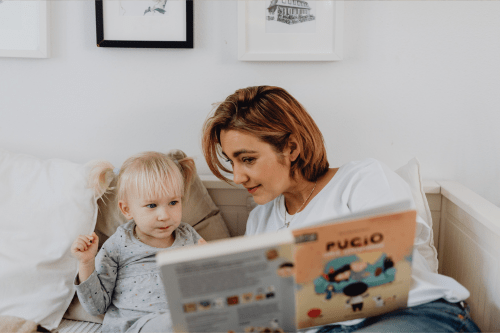The numerous approaches to Dual Language Learning and the changing best practices make it difficult for educators to stay up-to-date with bilingual education. Even the labels used to refer to learning with two or more languages changes depending on the organization. However, the National Association for the Education of Young Children (NAEYC) uses Dual Language Learning (DLL) to encompass other frequently used terms, such as bilingual, English Language Learners (ELL), English learners, Limited English Proficient (LEP), English as a Second Language (ESL), and student of a Language Other Than English (LOTE).
The United States Census Bureau reports that, in 2019, over a quarter of children lived with at least one foreign-born parent. On average, 1 in every 4 children under the age of 6 will have a home language that is not English. Research shows that Early Childhood is the best time for children to become proficient in their home language. More so, babies can “detect the sounds of one or more familiar languages from birth.” Even before speaking children “use the language they hear to help organize the concepts they are learning.” Educators have an opportunity to help DLL students build on their home language knowledge to increase overall communication skills and cognitive development.
Benefits

The opinions expressed in Montessori Life are those of the authors and do not necessarily represent the position of AMS.


